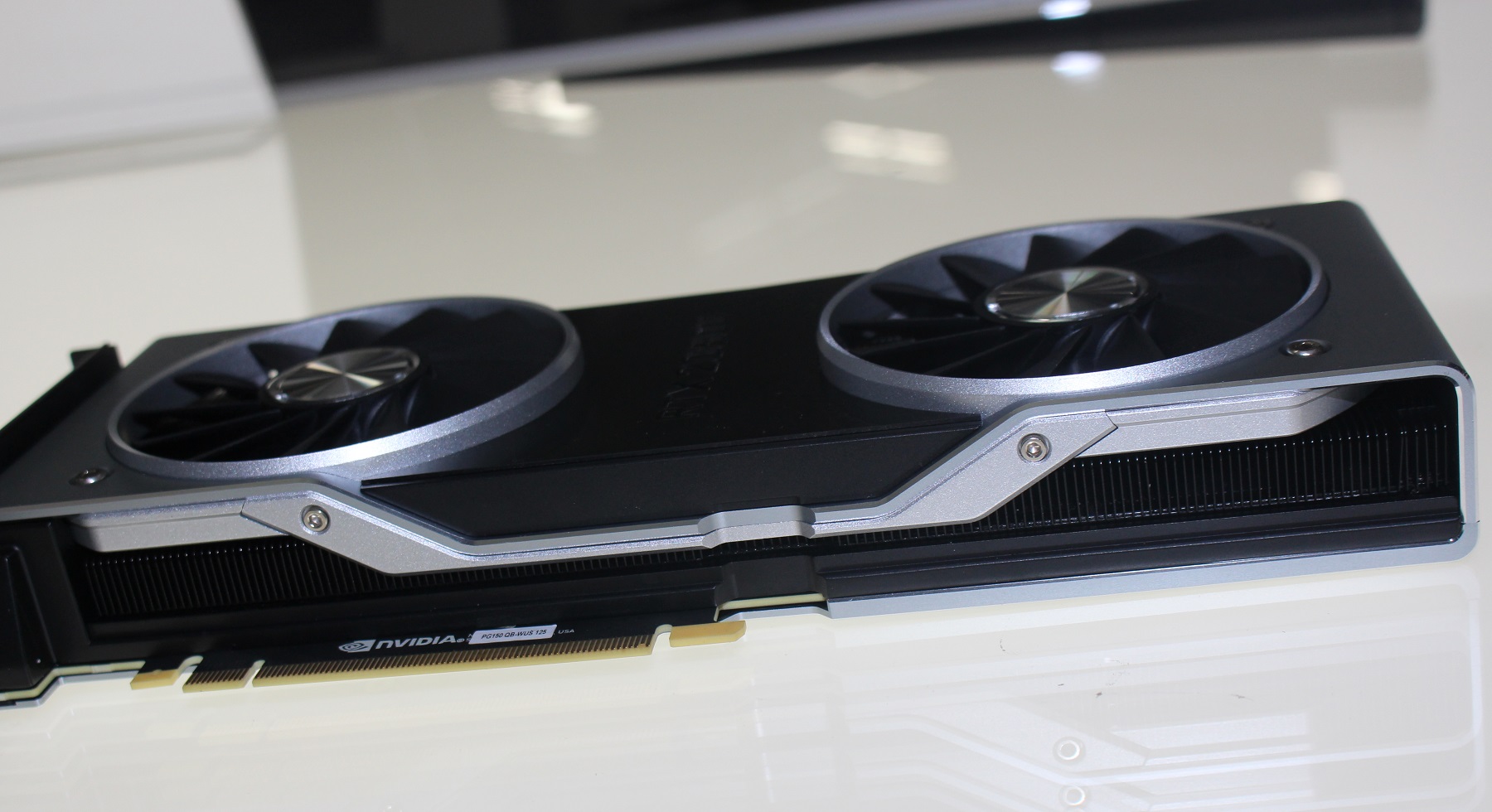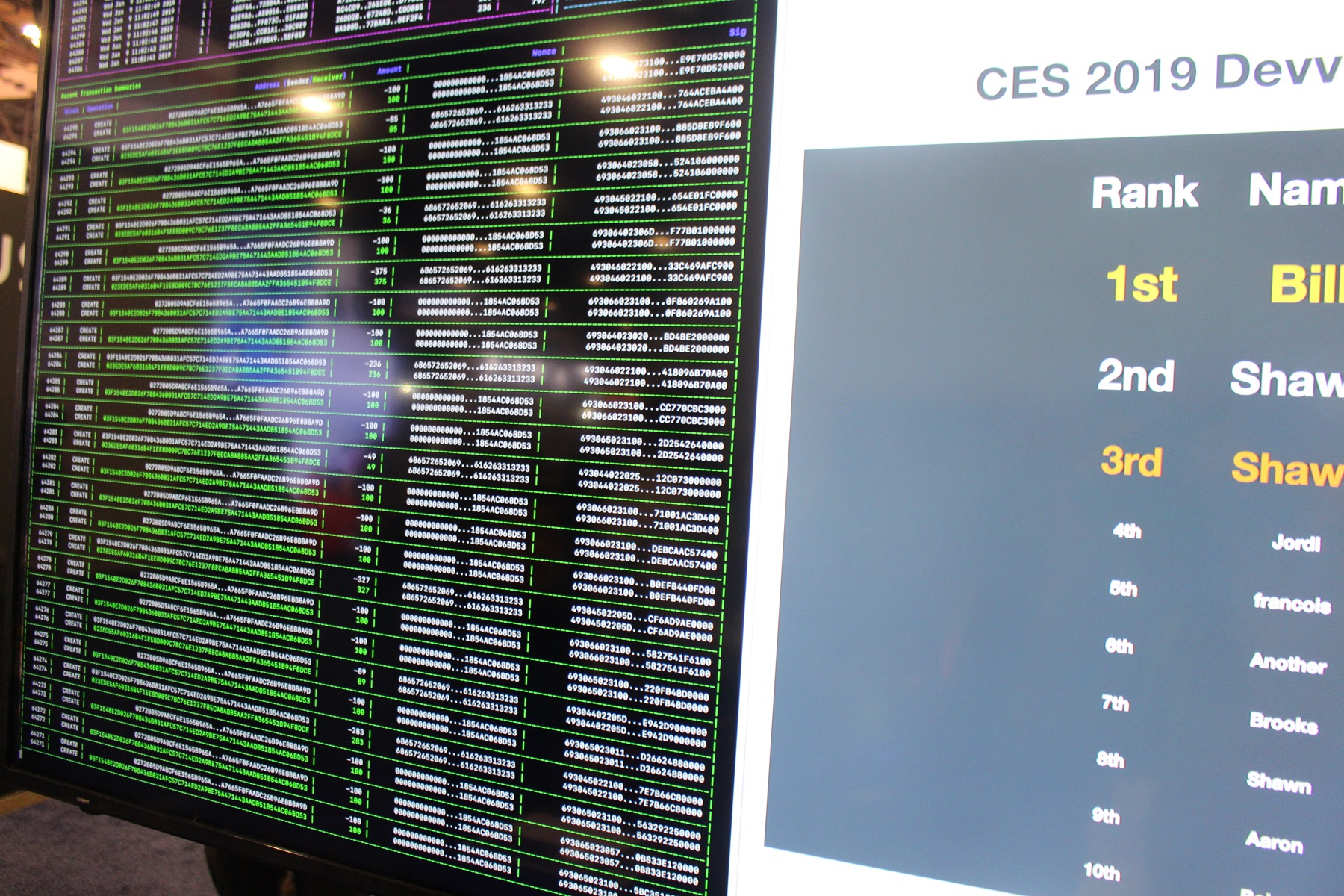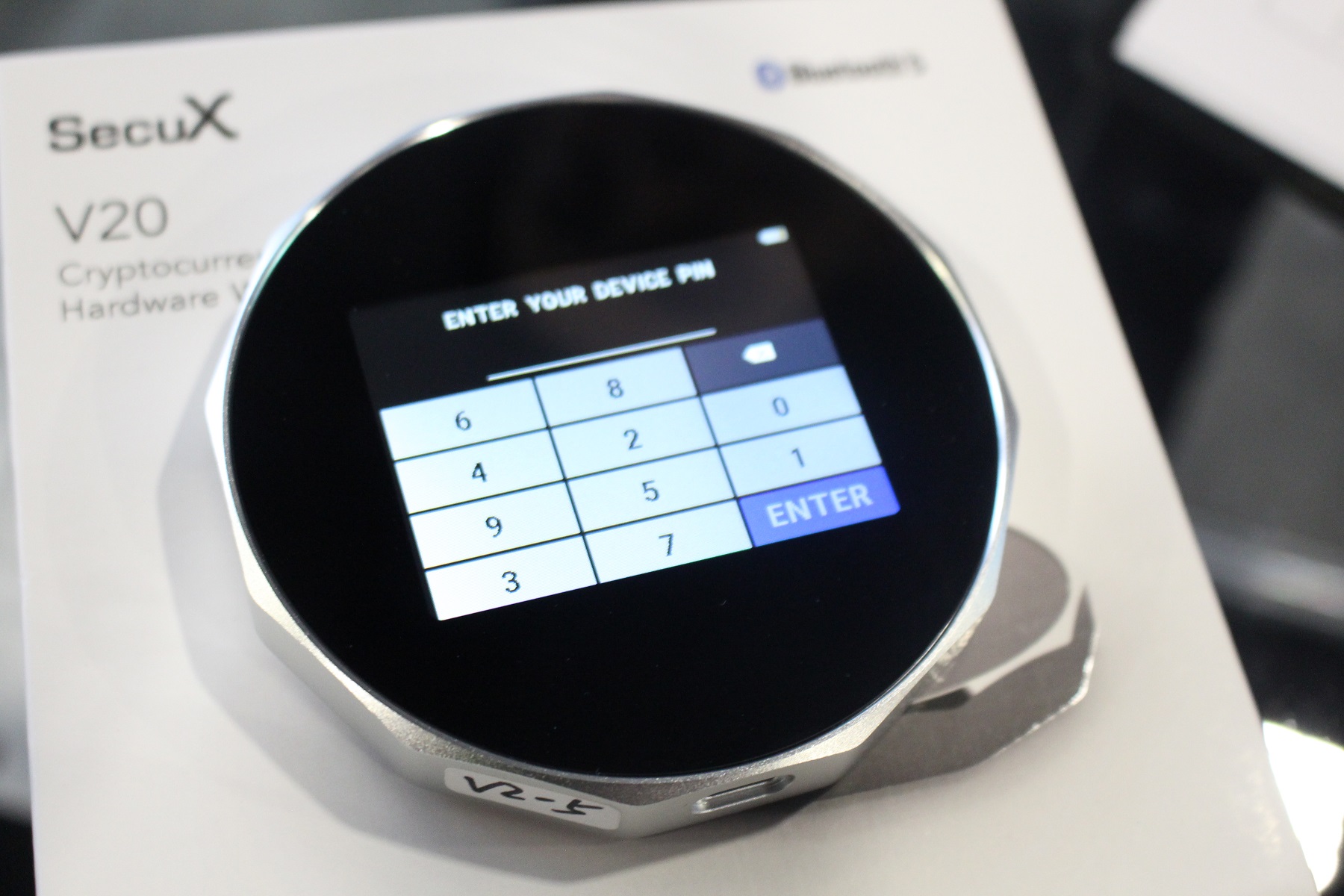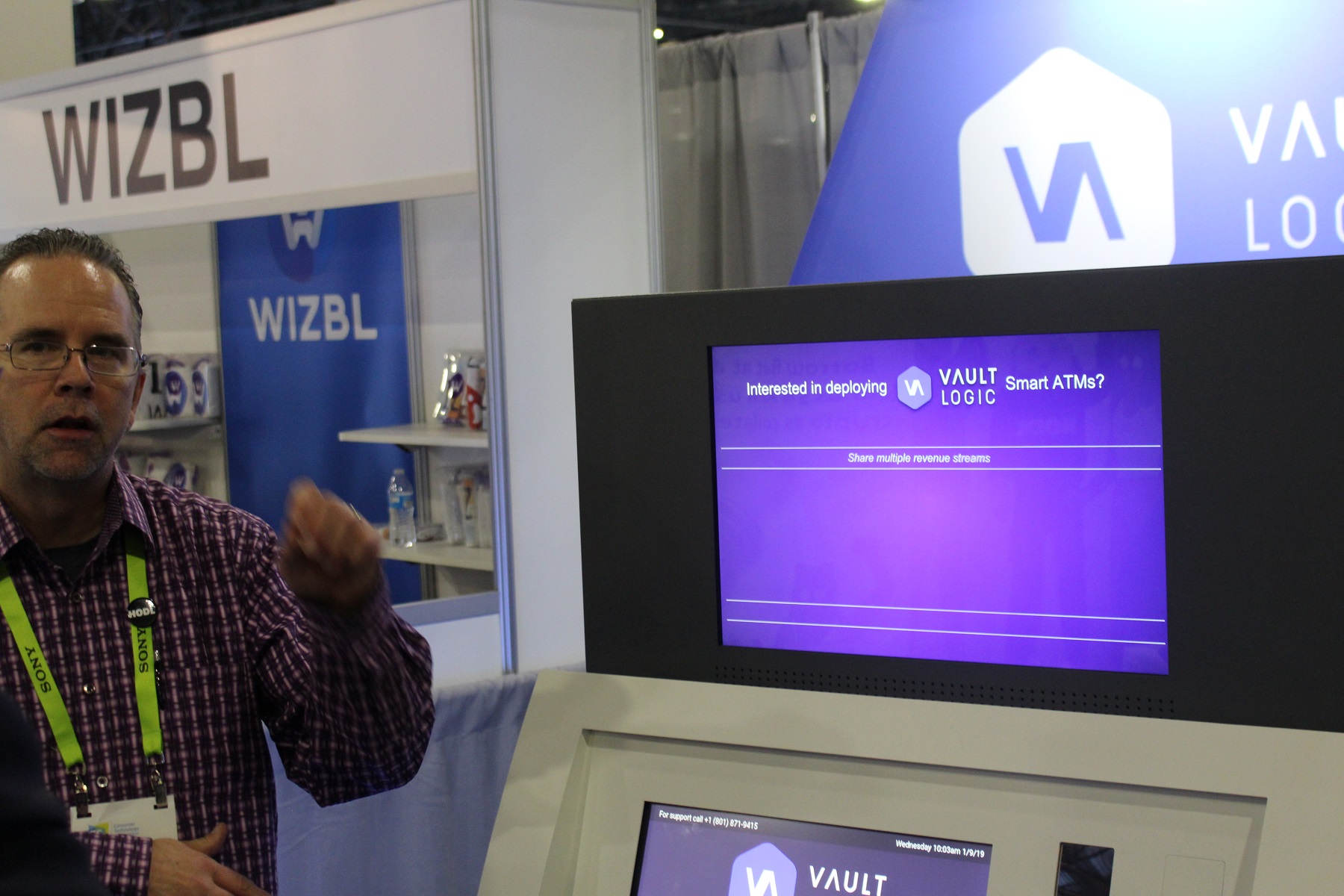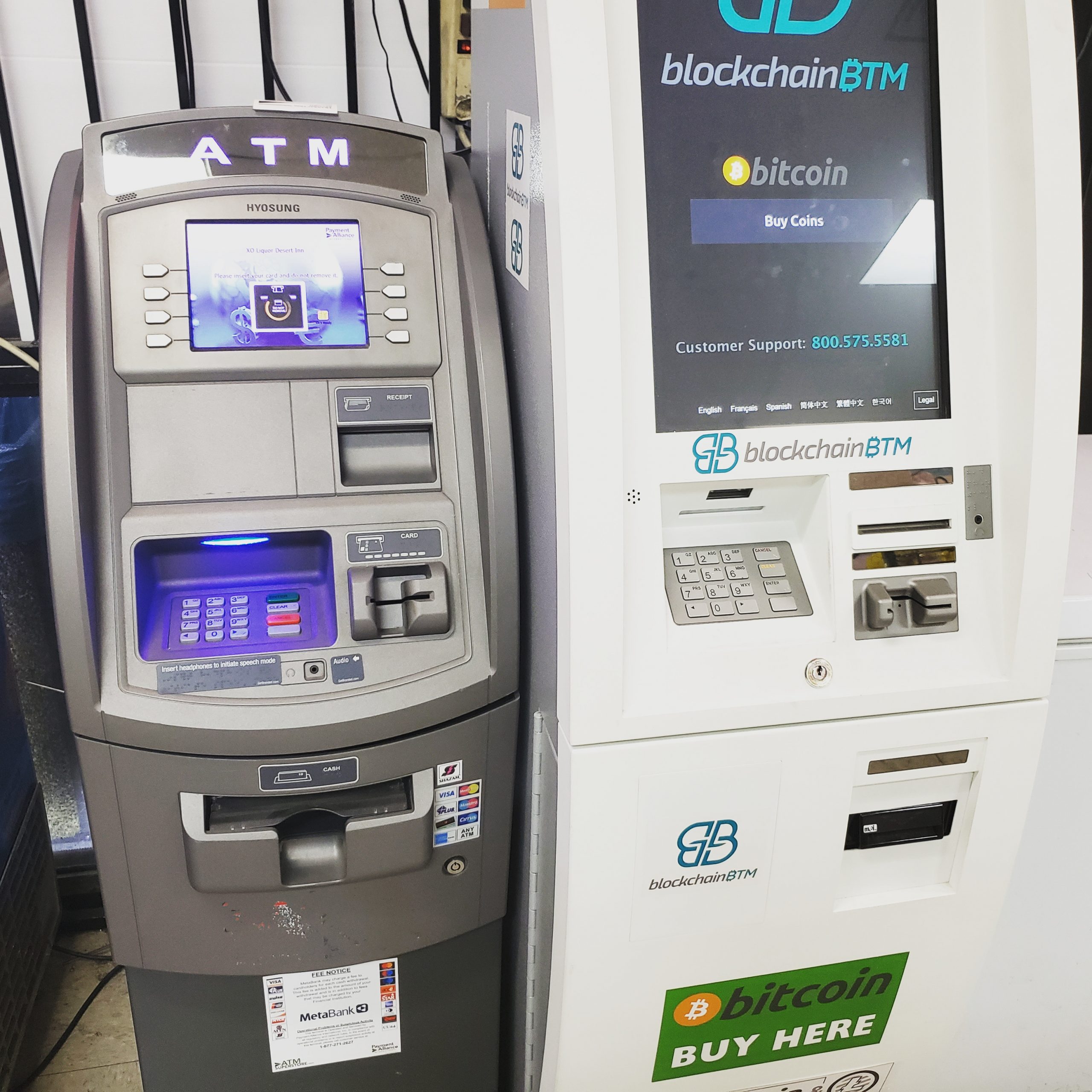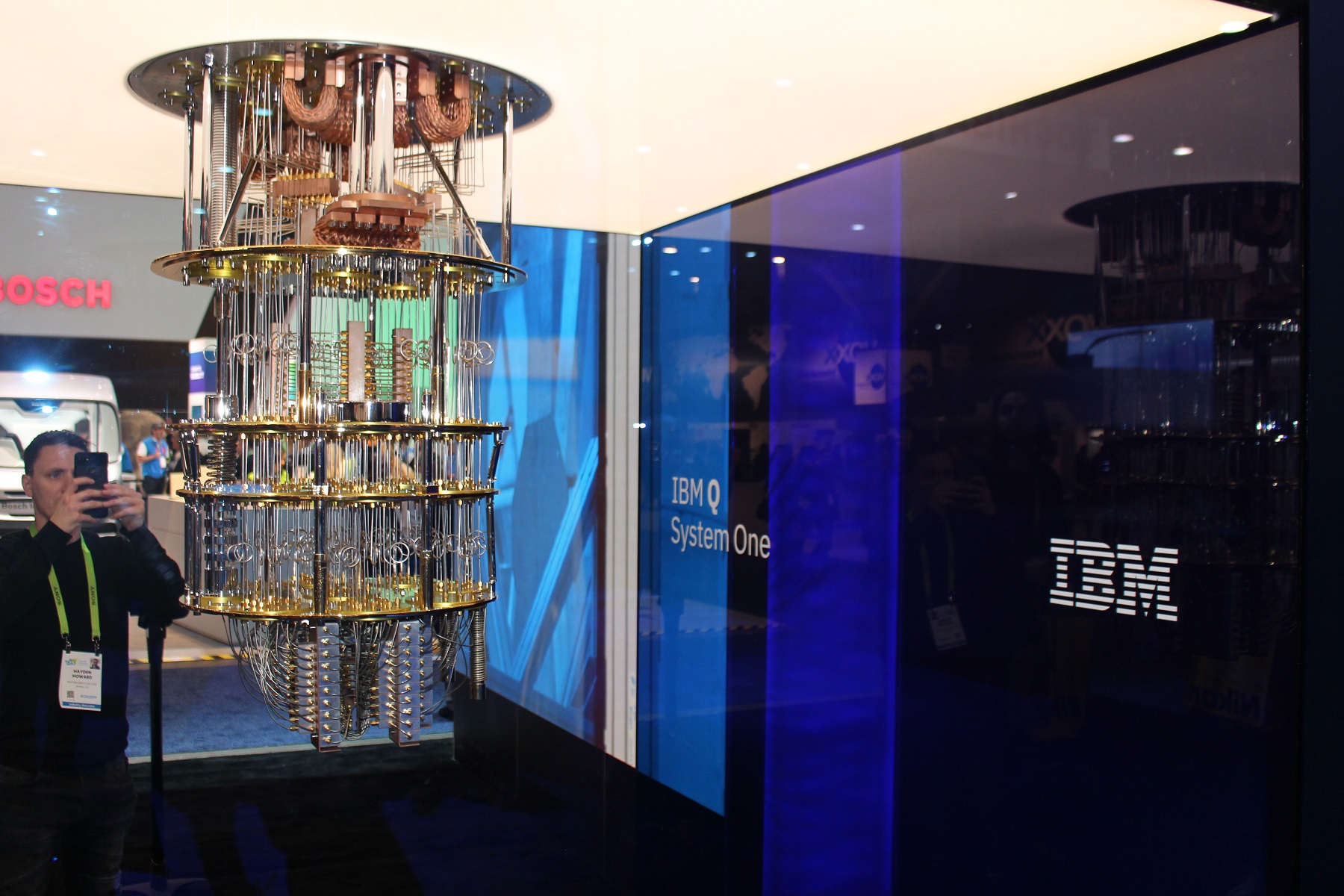IBM Didn’t Break Blockchain - It Took It to the Next Level

Share this article
After a long week in Las Vegas, I finally headed home to reflect on all the new releases and information inundating CES. Press conferences, demonstrations, exhibit meetings, and so many simultaneously running conference tracks and meetups were happening that it quickly gets overwhelming.
As I walked through aisles of robots who could dance, recognize and play with pets, race, record, and play ping pong, I was in awe at how anybody could possibly stand out in the world’s biggest, most technologically advanced marketplace.
But something really stood out as I stood outside the Sands Expo on day 3, smoking a cigarette and hitting a cannabis vape pen with a friend.
There was a curious lack of cryptocurrency mining.
Where Have All the Cowboys Gone?
Cryptocurrency certainly had a presence in Las Vegas. From Ledger’s massive ad push to Pundi X’s innovative network, networking events at Mike Tyson’s old house, round table conferences with crypto A-listers like Brock Pierce, and more could be found. In fact, Pundi X’s Zac Cheah started my journey into the real blockchain innovations at CES.
But I didn’t see Bitmain, Bitfury, Canaan, Obelisk, or any of the ASIC miner manufacturers at all. It’s as though the billion-dollar industry was completely in hiding.
ASIC mining manufacturers disrupted the entire video card market in Q4 2017 through Q2 2018. It eventually tapered off, but mining hasn’t gone anywhere, and neither are many of these companies.
Yet neither AMD nor Nvidia or Intel gave much thought to cryptocurrency mining in their press conferences. Video gaming and enterprise were the targets. Buzzwords were thrown around, but cryptocurrency and blockchain weren’t among them.
Check out Nvidia’s latest G-Sync and Freesync-enabled RTX2080TI graphics card.
It’s a great GPU for gaming, but nobody would tell me how well it could perform in cryptocurrency mining. Nor could they tell me if they’re doing anything to stop crypto-mining on Nvidia equipment.
That vibe reverberated on the show floor. Hardware component manufacturers like Gigabyte, ASUS, and Intel mostly stared at me blankly when I brought up mining and blockchain applications of their equipment.
Although how cool, both literally and figuratively, is this 3M liquid-cooled Gigabyte server?
And they weren’t the only ones who seemed ignorant of crypto.
Everyone was confused about blockchain and crypto, and my lunch meeting with Pete Camarillo, Business Wire’s media relations specialist, confirmed that.
As the only knowledgeable blockchain journalist there, I felt a lot of weight on my shoulders to dig through the trenches and find some exciting information to share with our readers.
Those waters ran dry for several days, and a lot of my pre-planned meetings were failing to sustain the enthusiasm I had coming in.
Walking the CES Digital Money Marketplace
One of the CES events I was most excited to see was the CES Digital Money Forum, but it ended up being a decentralized circle jerk.
We can do better than showing off our lambos during a frat party at Mike Tyson’s old mansion, crypto community.
The presence of crypto on the CES show floor was honestly abysmal, and it showed more about the industry’s lack of maturity than its innovation.
Devv.io promised a blockchain with 8 million TPS. It’s aimed at enterprise users and is more of a cloud-as-a-service model than a true blockchain.
They were at CES looking for enterprise partners, but nobody was biting, despite a very prominent location at the entrance to the Sands Digital Money Marketplace.
The founder’s video game tech was more impressive than the “blockchain” he proposed.
Next up was CelPay, the mobile crypto loan app from Celsius Network, which offers expensive crypto-backed loans. It’s a great idea with some money behind it, but despite pouring money into marketing, it struggles to find users.
We already discussed SecuX’s hardware wallet selection in this article, which is who we talked to chronologically after CelPay. After that, we saw Vault Logic’s multi-currency ATM, which supports cryptocurrencies. Bill pay, crypto trading and cash outs, fiat transactions, and more are supported in this machine.
It would be more impressive if Las Vegas wasn’t already filled with bitcoin BTMs and other cryptocurrency machines galore. In fact, here’s one at the off-strip liquor store we stopped at Sunday night after CES Unveiled.
Last we had WIZBL, a South Korean blockchain once again promising enterprise users fast transactions.
The problem with many of these solutions isn’t necessarily the tech. It’s that everyone already has solutions in place, and they need market share and customers and usage and engagement to be interesting.
A lot of these projects are just too small and new to make a big enough impact yet, and they were lost in a huge show.
Just because you build it, doesn’t mean people will come. The only company that brought something impressive to the blockchain industry at CES was IBM.
The Dawn of Quantum Computing
Despite what you may have heard in Forbes and blockchain media that wasn’t at CES, IBM didn’t break the blockchain. What IBM did was showcase its massive, 9ft by 9ft square quantum computer, dubbed the Q System One.
It’s a breakthrough, not just in blockchain, but in technology itself. So let’s discuss what the IBM Q System One is and isn’t. I’ll do my best not to get too wonky on you and keep it on a high level for now.
We’ll start with this video from our discussion with Pundi X CEO Zac Cheah at CES Unveiled. Notice that when we use the term “psuedo-random,” Zac says “mmhmm” at the 0:20 second mark with the tone that he finally understood he was talking to people who understand cryptography and blockchain. Pay close attention to the smirk of my engineer friend asking the question.
Zac immediately knew what he was about to be asked, as did everyone but the marketing people behind him, who suddenly zoned out.
It was ironically at that point that we established exactly where our trust level with Cheah was.
The long story short is that nothing in a computer is ever actually random. No matter how advanced they get, the basics of computing haven’t changed.
Computers can only do what they’re programmed to do, so they’re not “random” in the same way nature is “random,” and even that is a misnomer.
If mathematical philosophy is interesting to you, I’m happy to get more technical, but you’ll have to let us know on Twitter or Telegram. For now we’ll move on, because the average person hates math.
But do you know who loves math? Computers.
And do you know who loves both computers and blockchain? IBM.
Why Blockchain Will Survive IBM
Quantum computers, like ASIC mining rigs, can be engineered to perform very advanced calculations very fast. The problem is they need to be run in very precisely controlled environments to work.
The idea that quantum computing can “beat” blockchain is based on the indisputable fact that modern cryptography standards will need to advance once quantum computing becomes readily available to the masses.
Analysts claiming IBM killed blockchain not only don’t understand blockchain, but they don’t understand cryptography. Quantum computing isn’t going to destroy the fundamentals of math – it’s going to advance them far beyond what we can even imagine right now, and it’s going to do that at a very advanced pace.
Of course, the idea that you’ll own a quantum computer at home is a bit ridiculous at the moment.
The IBM Q System One is only about 5 ft by 2 ft of that giant box. The rest of the case is designed to create the controlled environment needed to run it, which is a lot different than your home PC case.
Quantum Computers Can’t Kill Blockchain
If you think anyone but enterprise users are going to effectively run a quantum computer, I point you to the cannabis extraction industry as an example.
Home extraction users building kits in their garages used open-loop cannabis extraction systems made from PVC pipes. Because they were open-looped, they were often contaminated and exploded.
It made the news a lot, and people blamed butane for the stupidity of human individuals, and BHO cannabis extracts got a lot of bad press.
In professional environments, closed loop systems made of metal pipes are used for cannabis extraction. Because it’s a controlled, closed environment, nothing gets in or out, and the resulting product is more pure. Explosion risk is limited entirely to human error, and if it does occur, the metal pipes won’t splinter and kill everyone in the room.
A home quantum computer isn’t going to explode in your room, but by the time it’s miniaturized and made safe enough to be used under those conditions, enterprise technology will have advanced so much that it won’t matter.
IBM’s quantum computer didn’t kill blockchain. Blockchain companies have long been working with IBM, and blockchain companies will one day buy their own Q System One to stand alongside the ASIC mining rigs in controlling blockchain networks.
I didn’t see the end of blockchain at CES like I feared that I would after dredging through the deserted Sands. The idea that a quantum computer will kill blockchain is as absurd as the idea that the PC killed the internet.
I witnessed no murder. I saw the dawn of a new age of blockchain computing moving into 2020.
The author is invested in digital assets, including Bitcoin which is mentioned in this article.

